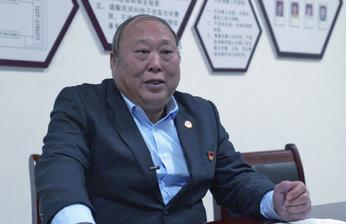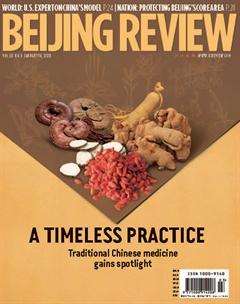A Peaceful Approach
By Sun Xuan
Yang Jiuzhou, a peoples mediator in Luhe District of Nanjing, Jiangsu Province in east China, has a natural fl air for mediation. When he lived in a village, he used to settle disputes among the villagers and his effi ciency earned him their trust.
In 2009, when a local dispute-settling center was instituted, Yang was chosen as one of its mediators. Three years later, because of his conflict-resolution skills, a new center set up in Hengliang sub-district in Luhe was named after him. He has since worked in the center, settling disputes between local residents.
Yangs daily work is to promote mutual understanding between the parties involved in a dispute after counseling and educating them. The disagreements have to be resolved based on the principles of fairness and equality. He also needs to make sure all steps are in accordance with laws and regulations.
“Mediation is sacred work,” he said.
The life of a mediator is not easy. The 59-year-old usually gets up at 5 a.m., then he takes a walk in the village. He has found it a good time to talk to people to know more about them, which helps his work. Then its time to start mediating, which continues until lunch time. Sometimes, he is required to visit the people or places involved. In the afternoon, he analyzes the cases and reviews previous ones. If necessary, he asks for feedback from the people involved.
At night, he studies laws and state policies to improve his knowledge. Watching mediation programs on TV is one of his favorite pastimes, as they provide skills and experience for his work. However, when there are emergencies, he has to forego his recreation and rest and focus on the complex issue at hand.
Chinese culture values peace and harmony. The advantages of mediation are that it is fl exible, convenient and low-cost. Today, mediation serves as a necessary supplement to judicial work.
The modern mediation system in China was established in the early 1950s, after the founding of the Peoples Republic of China, and gradually developed into a nongovernmental legal practice with Chinese characteristics. The process of peoples mediation is simpler than litigation and alleviates the problem of insuff icient litigation resources in China, a country with 1.4 billion people. To guide the peoples mediation system to operate in accordance with the law, the Peoples Mediation Law came into force on January 1, 2011.


